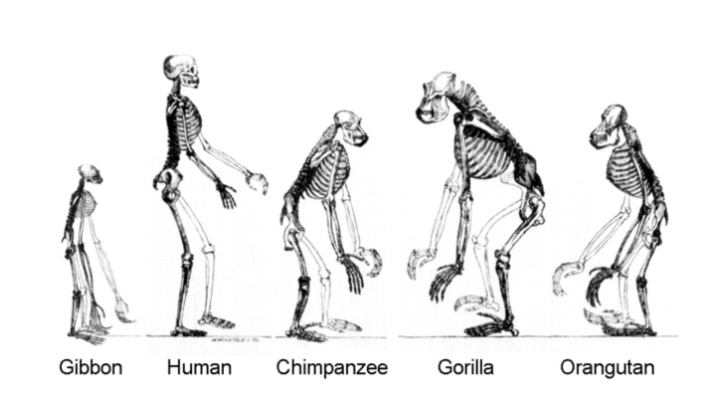“DEFINITION OF THE LIFE
Proper answer to the question “How to define human life?” is complicated. Nowadays dilemmas consider the respect of human life from the birth to death involving not just biology but other sciences also. Philosophy, theology, psychology, sociology, law and politics evaluate this topic from different point of views. Integration of all would result proper definition.
Some authors say that that life as such does not exist- no one has ever seen it. Szent-Gyorgy says that noun “life” has no significance because there is no such thing as “life”. Le Dantez holds that the expression “to live” is too general and that it is better to say a dog “dogs” or a fish “fishes” than a dog or a fish lives. (3)

When defining life it should be considered not just life as it is today but as it might have been in its primordial form and as it will be in the future. All present forms of life appear as something completely new. Life, than, is transferred and not conceived in each new generation. Furthermore, the phenomenon of life has existed on Earth for approximately 3.5 billion years. Consequently, although the genome of a new embryo is unique, the make-up of embryo is not new. If life is observed through the cell than every life (and human also) is considered as a continuum. Human cells and the mankind have been existing on the Earth continuously since the appearance of the first man. However, if definition refers to the single human being or present population, the statement “human life is a continuum” is not acceptable. (4)

Life, in a true sense of word, begins when the chemical matter gives rinse, in a specific way to an autonomous, self-regulating, and self-reproducing system. Life is connected with a living being, and it created its own system as an indivisible whole – forms its individuality. One of the most important characteristics of living beings is reproduction. Reproduction is a mean of creating new life by transferring forms of old one into newly formed human being. Therefore, variability, individual development and harmony characterize human beings. Individuality is the most essential characteristic of human being consisting new life but also all human life forms through the evolution, characterized by phenotype, behaviour and the capability to recognize and adapt. Human embryo and foetus gradually develop into these characteristics.
Although we should not forget that in the same way today’s research is tomorrow’s benefit (1), concerning human life conclusions should not be treated one-sidedly, from one perspective. This reality should be regarded in all its richness: embryo gives biologist, geneticist substance for consideration, but since we are talking about the beginning of a human life, it requires philosophical anthropological consideration, theology and social sciences as well. In its protection, we have to include ethics and law. This approach leads to conclusion that it is necessary to reject reductionism as well as integrism and to find “golden middle” in between these two methodologies.”
https://www.ncbi.nlm.nih.gov/pmc/articles/PMC7245522/#:~:text=DEFINITION%20OF%20THE,these%20two%20methodologies.


